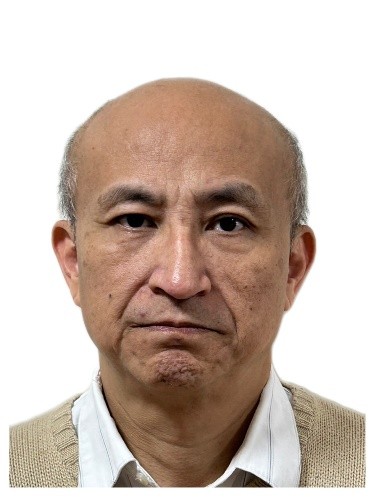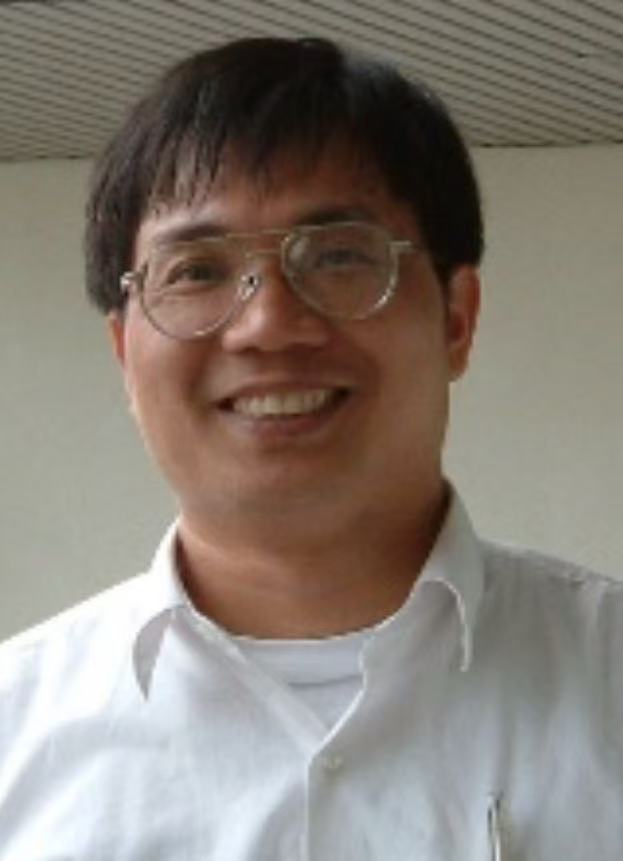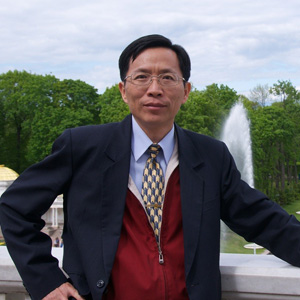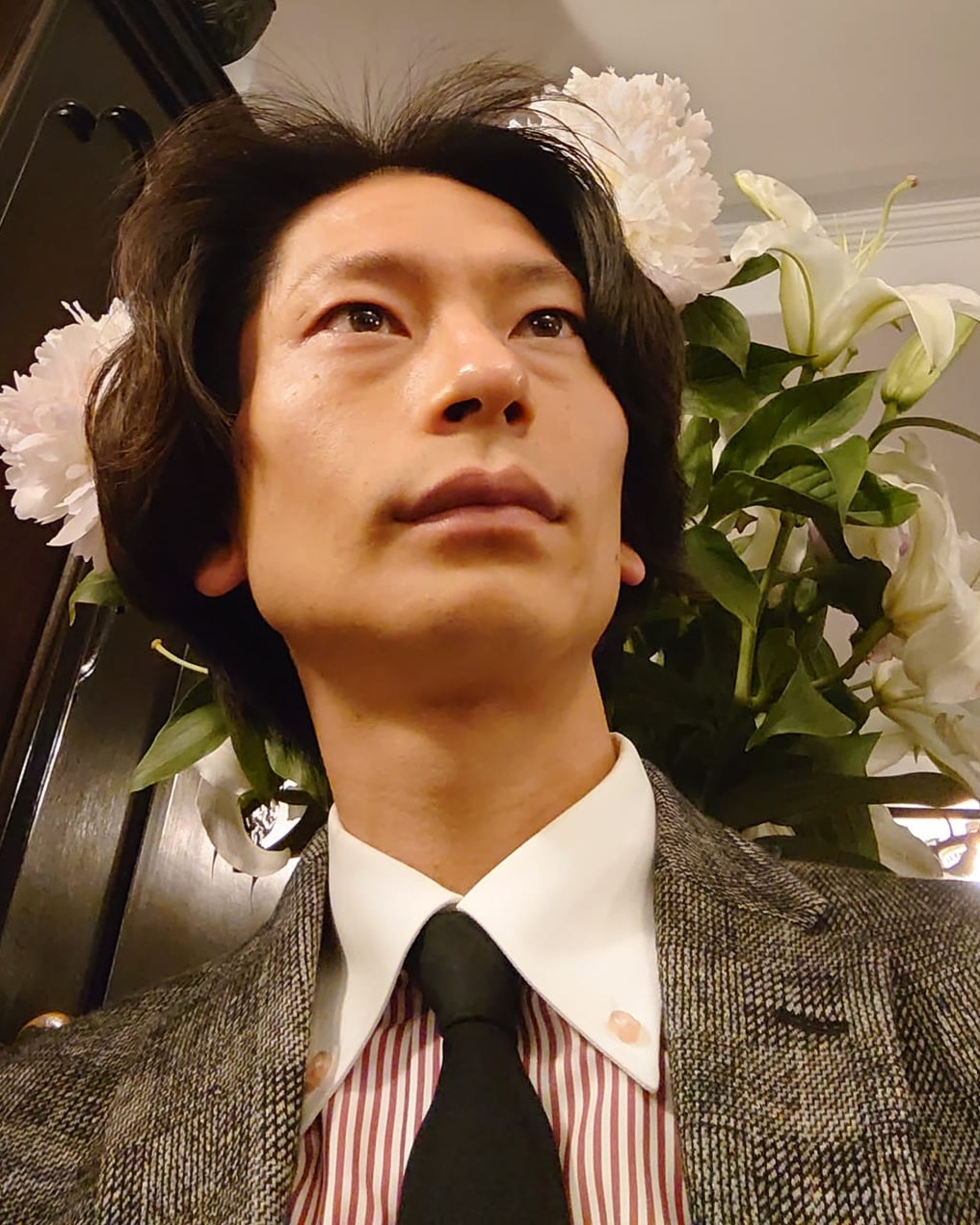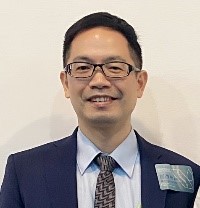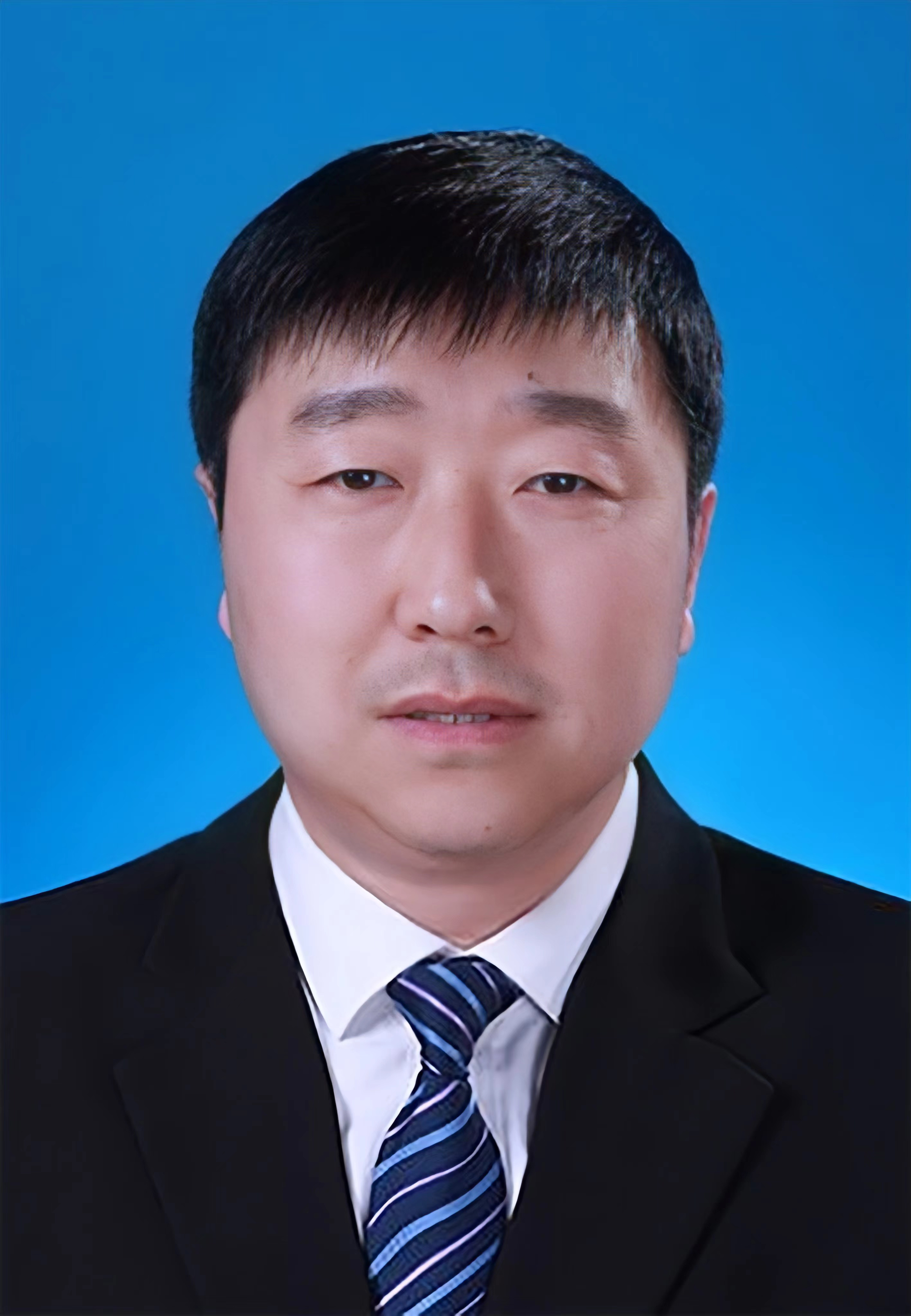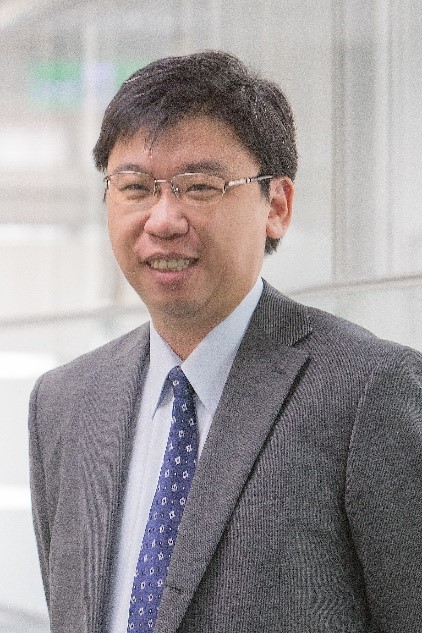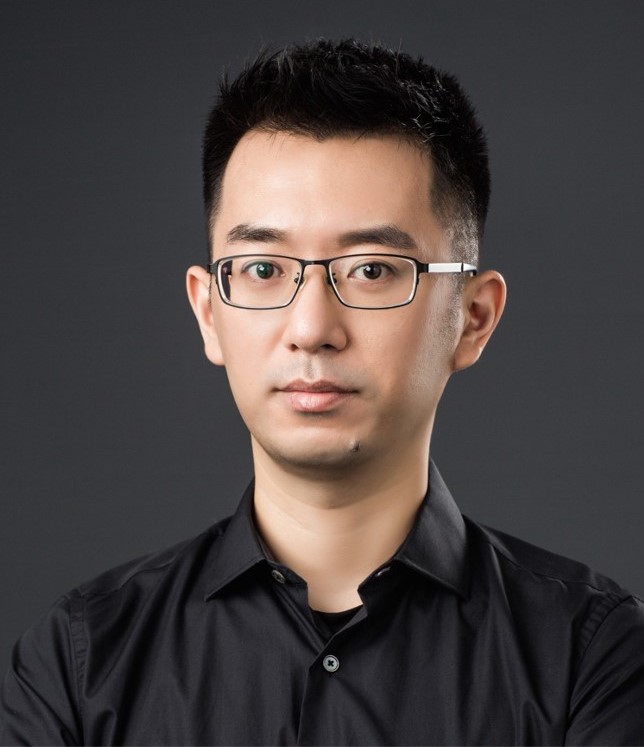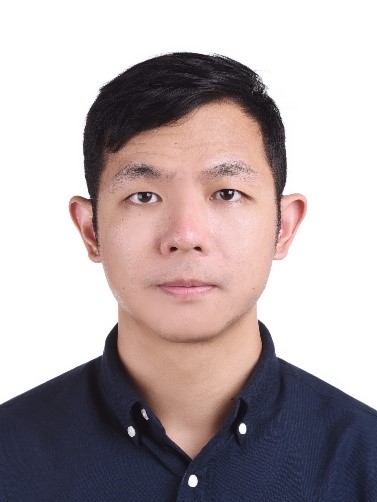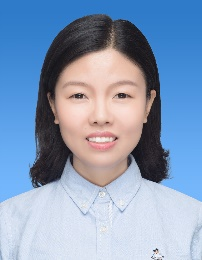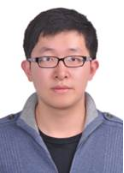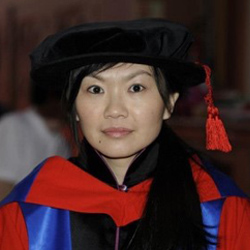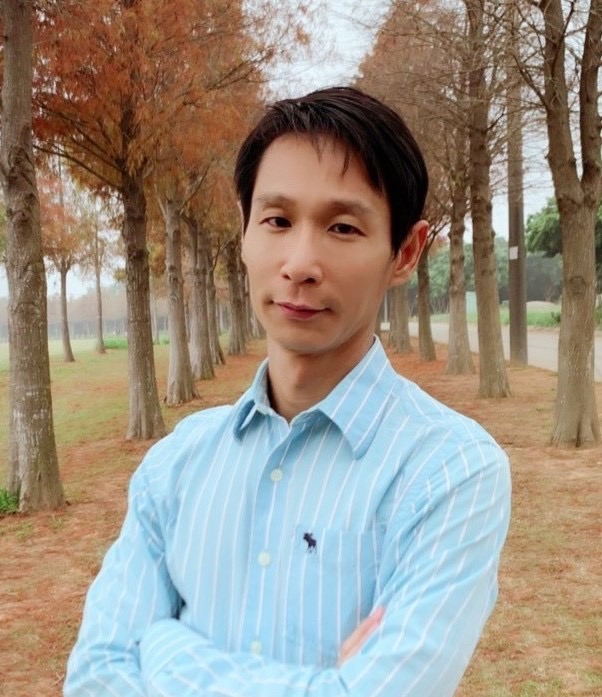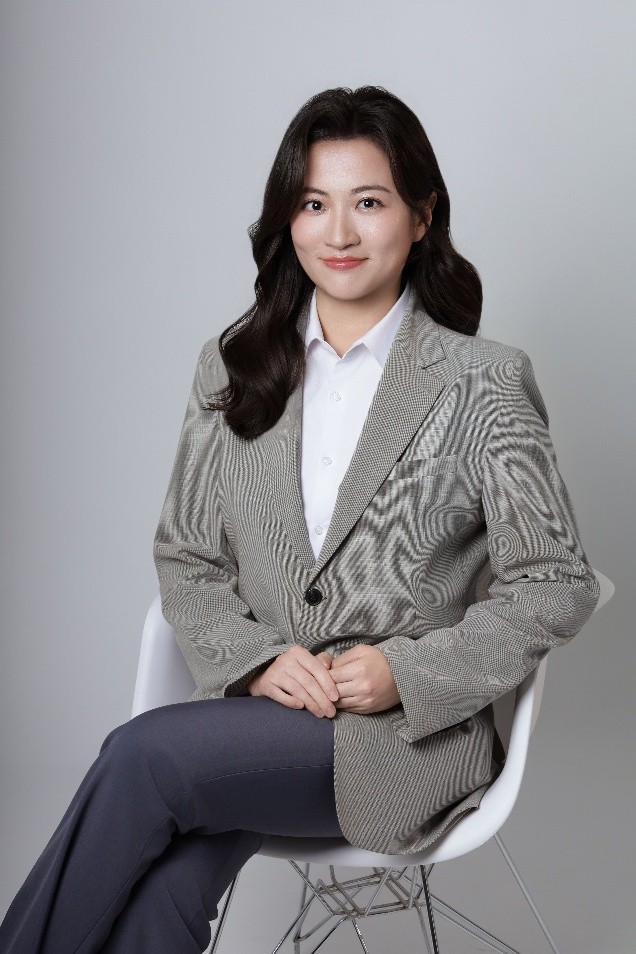Prof. Hung-Lung Chiang
The Department of Safety Health and Environmental Engineering, National Yunlin University of Science and TechnologySpeech Title: To be updated
Prof. Chang-Tang Chang
Department of Environmental Engineering, National Ilan UniversitySpeech Title: To be updated
Prof. Chi-tsan Lin
Department of Marine Environmental Engineering, National Kaohsiung Marine UniversitySpeech Title:
Assoc. Prof. George Zaimes
Deputy Director - UNESCO Chair Con-E-Ect Conservation & Ecotourism of Riparian & Deltaic EcosystemsDirector - Lab of Geomorphology, Edaphology & Riparian Areas (GERi Lab)
Associate Professor - Dept. of Forest & Natural Environment Sciences, Stream & Riparian Area Mgt, Democritus University of Thrace, Drama, 66100, GREECE
Speech Title: To be updated...
Prof. Yoshihiro Hamaguchi
Department of Economics, Faculty of Economics, Hannan UniversitySpeech Title: Sustainable Blue Economy Towards Finance-Led Tourism Growth Hypothesis in A R&D-Based Marine Growth Model
Abstract: The blue economy, comprising fisheries, tourism, and seafood processing industries, is expected to drive economic development through natural resources and decarbonization through blue carbon. However, the complex interrelationships and conflicting interests between marine ecosystems and socio-economic activities hinder the realization of sustainable blue development. In this context, ESG finance for fisheries and tourism is expected to contribute to the dual goals of environmental conservation and economic development, but its mechanisms are not self-evident. This study uses an R&D-based growth model in the monetary economy to analyze the effects of financial policies targeting R&D, fisheries, and tourism on expenditure, growth, environment, money, and tourism. Rent-seeking behavior toward individual transferable quotas (ITQs) is considered. The lending rates for the fisheries and tourism sectors are lower than those for the R&D sector through risk premiums. In the non-blue economy, lowering interest rates for R&D firms leads to pollution reduction and economic growth, but this effect is undermined in the blue economy. Lowering interest rates for fishing firms through risk premiums creates a trade-off between economic growth and environmental quality. When interest rates for tourism firms are raised to an adequate level through risk premiums, this leads to economic growth, environmental improvement, and expansion of tourism and money supply, but also causes a decline in lending. Here, raising interest rates for R&D firms and increasing ITQs can limit the extent of interest rate hikes for tourism firms. This result implies the finance-led tourism growth hypothesis. This study suggests that a policy mix centered on financial policies targeting tourism is important when aiming for sustainable blue development.
Prof. Yen-Ping Peng
Institute of Environmental Engineering, National Sun Yat-sen UniversitySpeech Title: To be updated
Prof. Baochang Liu
College of Construction Engineering, Jilin UniversitySpeech Title:
Prof. Meng-Wei Wan
Department of Environmental Engineering and Science, Chia-Nan University of Pharmacy and ScienceSpeech Title:
Prof. Wei-Fan Kuan
Department of Chemical and Materials Engineering, Chang Gung UniversitySpeech Title: To be updated...
Prof. Jenn Fang Su
Department of Chemical and Materials Engineering, Chang Gung UniversitySpeech Title: To be updated...
Prof. Jui-Yen Lin
Department of Chemical and Materials Engineering, National Kaohsiung University of Science and TechnologySpeech Title: Seed-induced crystallization of lithium phosphate from low-concentration lithium solutions at ambient temperature
Abstract: With the rapid development of electric vehicles and energy storage systems, efficient recycling of spent lithium-ion batteries is crucial. By either hydrometallurgy or pyrometallurgy pathway, lithium ends up in a low-concentration solution (~ 2 g/L), which requires energy-intensive evaporative concentration and high-temperature to produce lithium carbonate. This study presents an alternative approach by recovering lithium as Li3PO4, a direct precursor for lithium iron phosphate cathode, via seed-induced crystallization at ambient temperature with emphasis on its crystallization mechanism. Despite its low solubility, the precipitation of Li3PO4 is kinetically hindered by nucleation energy barrier, which can be bypassed by pre-existing surfaces through seed addition. At a seed dosage of 5 g/L, 80% of lithium was recovered from synthetic wastewater containing 1 g-Li/L within 30 min, whereas only 15% was recovered without seeds. The effect of initial concentration, pH, seed dosages, and counter anions on growth kinetics of Li3PO4 was investigated. Crystal growth followed a polynucleation mechanism, where active growth site density is exponentially associated with supersaturation (S). As a result, growth ceased due to limited growth sites, even when the solution remained highly supersaturated (S ~ 7). Guided by these mechanistic insights, we designed the first single-pass seeded crystallizer (SPSC) where supersaturated solutions were brought into contact with granular seeds under incipient fluidization to achieve continuous recovery of Li3PO4. At lithium level of 1.5 g-Li/L, the SPSC achieved 70% recovery with 20 min retention time at ambient temperature. This study highlights a low-energy route for lithium recovery and provides mechanistic insights into crystal growth that can guide the design of future crystallization processes.
Prof. Yingying Xu
Songliao River Basin Water Environment Key Laboratory of the Ministry of Education, Jilin Jianzhu University, ChinaSpeech Title:
Prof. Zhikang Wang
College of Eco-Environmental Engineering (The Institute of Karst Wetland Ecology), Guizhou Minzu UniversitySpeech Title:
Prof. Kuo Wei Lan
Department of Film and TV, I-Shou UniversitySpeech Title:
Prof. Ching-Lung Chen
Department of Safety, Health and Environmental Engineering, Ming Chi University of TechnologySpeech Title: To be updated...
Prof. Li-Ting Yen
Department of Safety, Health and Environmental Engineering, Ming Chi University of TechnologySpeech Title: To be updated

